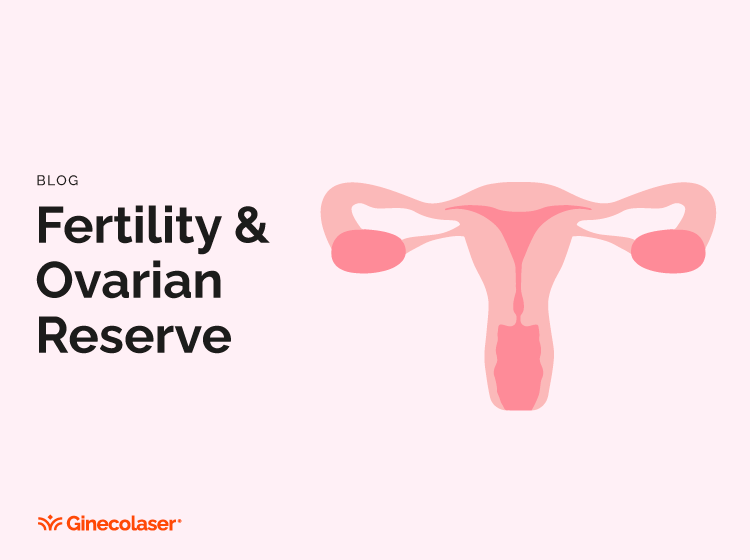Gyne Blog
Fertility and Ovarian Reserve
Fertility After the Age of 40

Delaying the pursuit of the first pregnancy is a common choice. A significant percentage of assisted reproduction treatments are performed on women over the age of 35. Although it is well-documented that reproductive efficiency declines and there is a high rate of pregnancy loss, ovarian aging remains one of the predominant factors in infertile patients.
Maternal age is among the key indicators of reproductive potential. As women approach their forties, anovulation becomes more frequent, corresponding with the transitional phase towards menopause, which is influenced by multiple genes responsible for this stage.
The ovarian reserve refers to the number of oocytes present in the ovaries at any given moment in a woman's life cycle. The total number of follicles in the ovaries each constitutes a germ cell that will contribute to the ovarian reserve available to each patient.
To study this, the plasma concentrations of hormones such as FSH, LH, AMH, and plasma estradiol were measured between the second and fifth day of the menstrual cycle.
Pregnancy after the age of 39 poses a risk of maternal, perinatal, and infant morbidity and mortality, with a higher incidence of miscarriages, fetal anomalies, gestational diabetes, hypertension, and cesarean sections, among other risks.
From the age of 35, there is a decline in fertility associated with a decrease in both the quantity and quality of oocytes. Therefore, it is crucial to understand the condition of your ovarian reserve to perform an analysis and thus anticipate potential complications in the future.
The biological capacity of the ovary is closely related to the quality and quantity of its follicular population, which varies among women. The number of ovarian follicles is initially influenced by genetic factors inherited and plays a role in the development of the ovary during intrauterine life.
As a woman progresses through different life stages, there is a progressive decline in these follicles due to physiological phenomena, degradation, and cellular death, leading to the loss of the majority of them. The regulation of this apoptosis process is dependent on the metabolic factors specific to each gonad.
